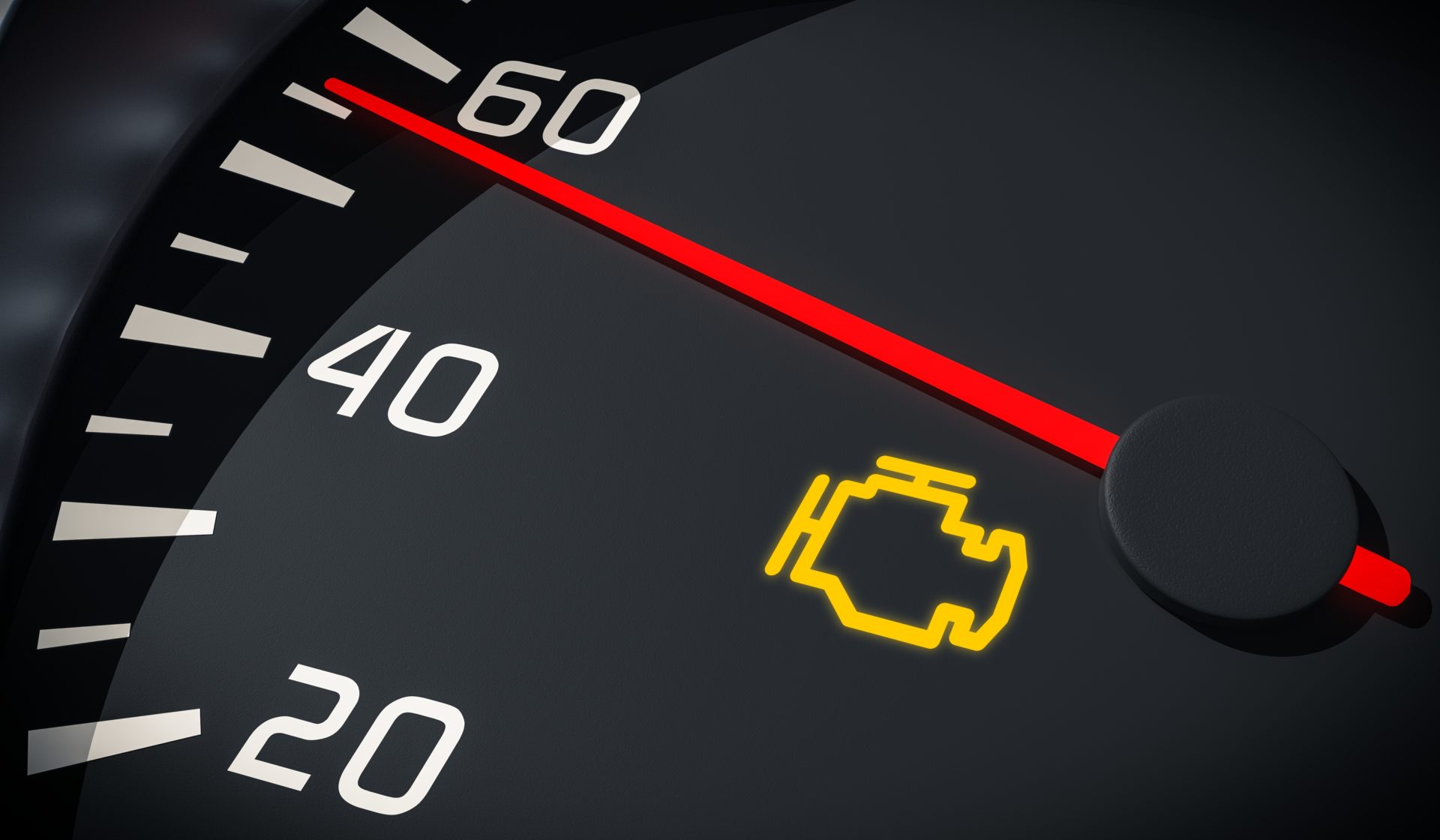The emissions control system is one of the more mysterious areas of vehicle functions for many consumers. Those who have mandatory emissions testing in their provinces generally assume that if the vehicle passes the test, there’s nothing else to worry about. Those that don’t may not even give the system a thought unless their technician advises them of a problem or the need for a major repair.
Here are some tips to advise your consumers on how to keep a minor emissions-related problem from becoming a major repair.
1. Continuing to drive with a Check Engine Light on can cause even more damage and add to the repair bill.
2. Not every trouble fault or failure with your car will turn on the Check Engine Light.
3. Oxygen sensors may be expensive, but when they need replacing, they need replacing. Failure to do so will likely damage your catalytic converter and make your car undrivable.
4. Your vehicle can have a serious emissions problem and still drive “normally.”
5. Some emissions problems are intermittent. The Check Engine Light might come on, then go off periodically. This does not mean the problem has gone away.
6. Sometimes your Check Engine Light can come on merely because of a loose gas cap. Check before assuming that’s all it is.
7. The EVAP (evaporative control) system, which takes the fuel vapours from your gas tank and feeds them into your engine, is another common reason the Check Engine light might come on.
8. Don’t believe everything you see on the Internet about replacing emissions components. Sometimes just getting to the component to be replaced (removing or moving wiring, vacuum hoses, other components) can be very time-consuming, even for a professional automotive technician.
9. Whether your province or territory has an emissions testing program or not is really about politics. It is not about whether cars are clean, or vehicle pollution is not a problem in your province, or that emissions systems don’t fail and create more emissions than they are designed to.
10. Even if you don’t have a mandatory emissions testing program in your area, you should still see your local service garage on a regular basis to ensure emissions controls and components, as well as all the other functions of your vehicle, are operating properly.


0 Comments